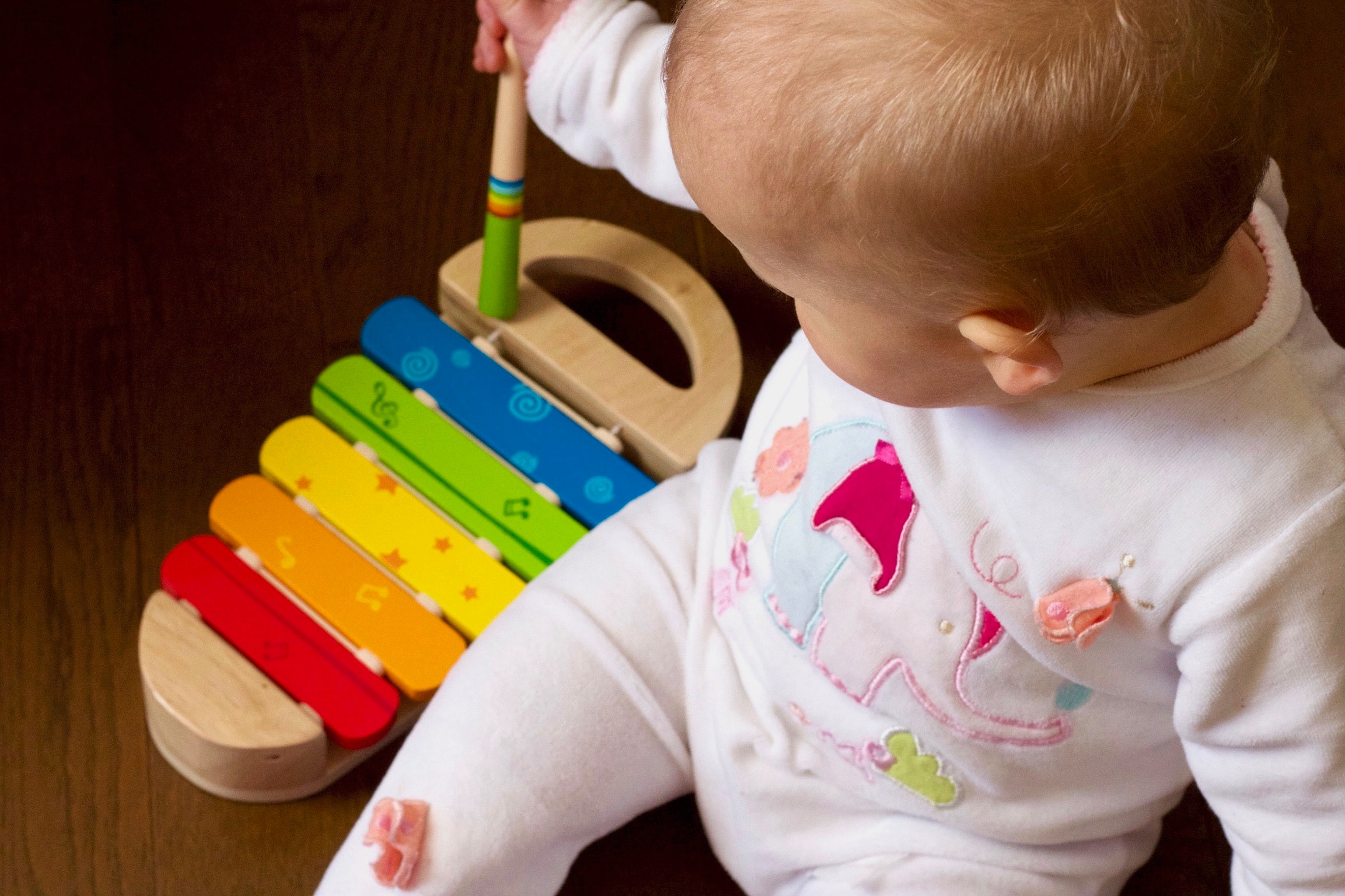
It may sound strange to us, but early in our development one of our first major accomplishments is learning to sit up. As we lie down for most of the beginning of our lives, the transition to sitting up shows baby a whole new world to explore. Want to know more about it? Read on to find out more. Baby development: the road to sitting up The size and weight of the head alone make sitting up a real test of balance for a baby under one year of age. It is not until the age of eight months that nine out of ten children begin to sit up on their own, for example to play safely. The evolution to a safe and independent sitting position At four months, when the baby can already try to get out of the prone position into a mini-bending position, the foundations are laid for sitting up later on. At this time, the back and neck muscles are trained so that they are sufficiently strengthened for when the baby sits up. Only from the age of six months can the baby sit up unaided for a short time. To avoid painful falls, we recommend that you stick close to your baby's side or surround him with cushions to cushion the fall during the first attempts. Pediatricians and orthopedists advise against sitting the child over and over again and, in order to promote healthy back development, recommend waiting until the baby sits up on his own.
This healthy development of the back is very important for the child to be able to sit, crawl and walk. You can promote it, for example, by doing the following: Put the baby to bed without a pillow. Carry your baby in the sling (or without it) with the back in the correct position, that is, allowing the natural curvature of the back and supporting the head well during the first six months. When wearing it, make sure it is always placed in the froggy position for the first few months. Use the car seat only for the car, as the curvature of the back in the car seat is often contrary to the natural posture. Many babies start to crawl as soon as they can sit up on their own. They do this by dropping forward with their hands and placing their knees on the floor. With the appropriate balance and coordination, they move forward slowly at first and then faster and faster. Some have a hard time getting to sit up from the vertical position. For many babies, sitting up is one of the most complex actions they can do with their still small bodies. To encourage your child to sit up, place him on his tummy. This strengthens the muscles in the back of his neck, which is essential for him to sit up safely. Never leave him unsupervised.






